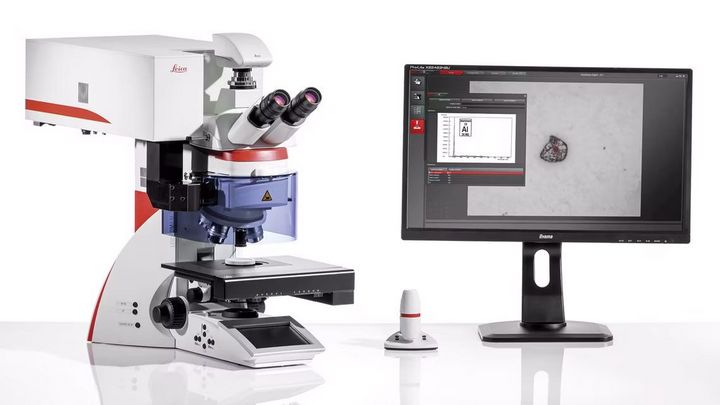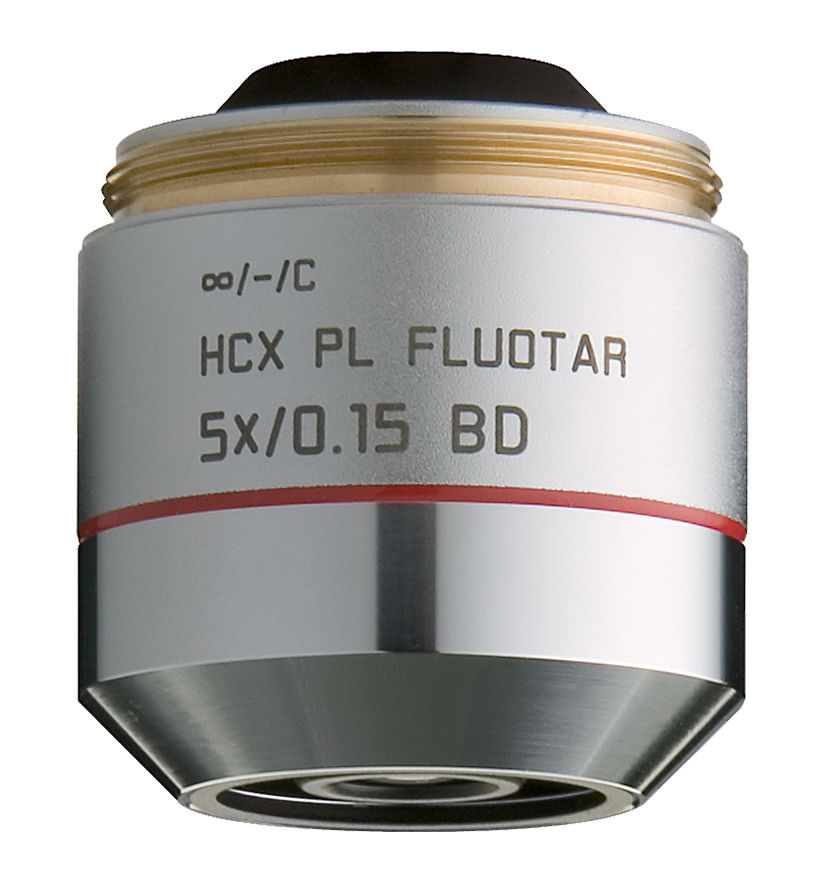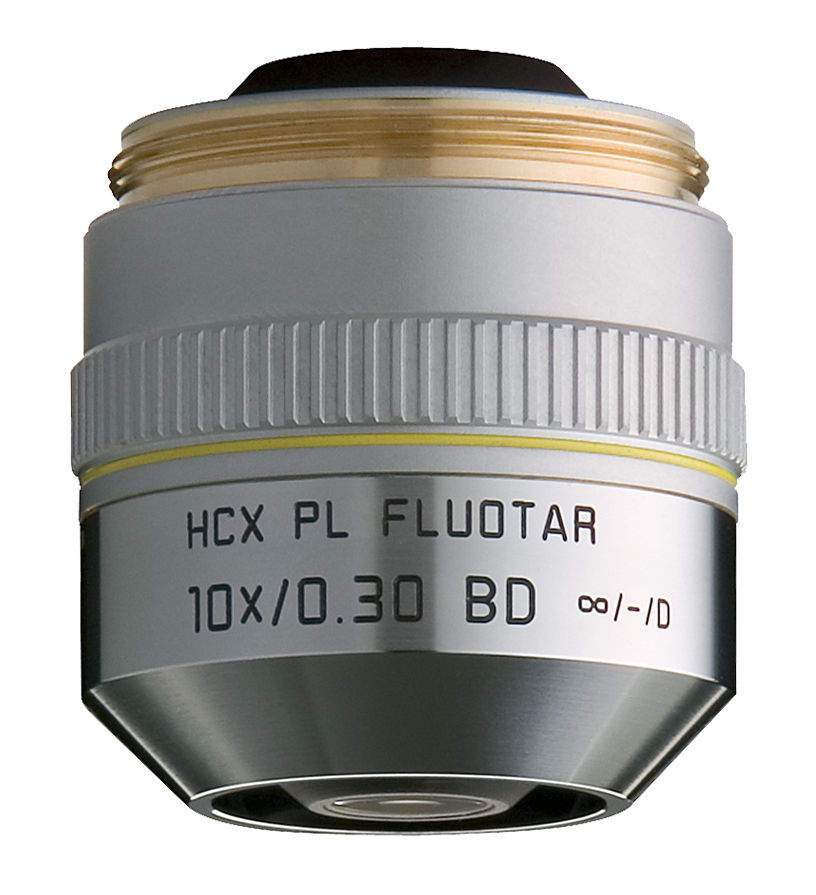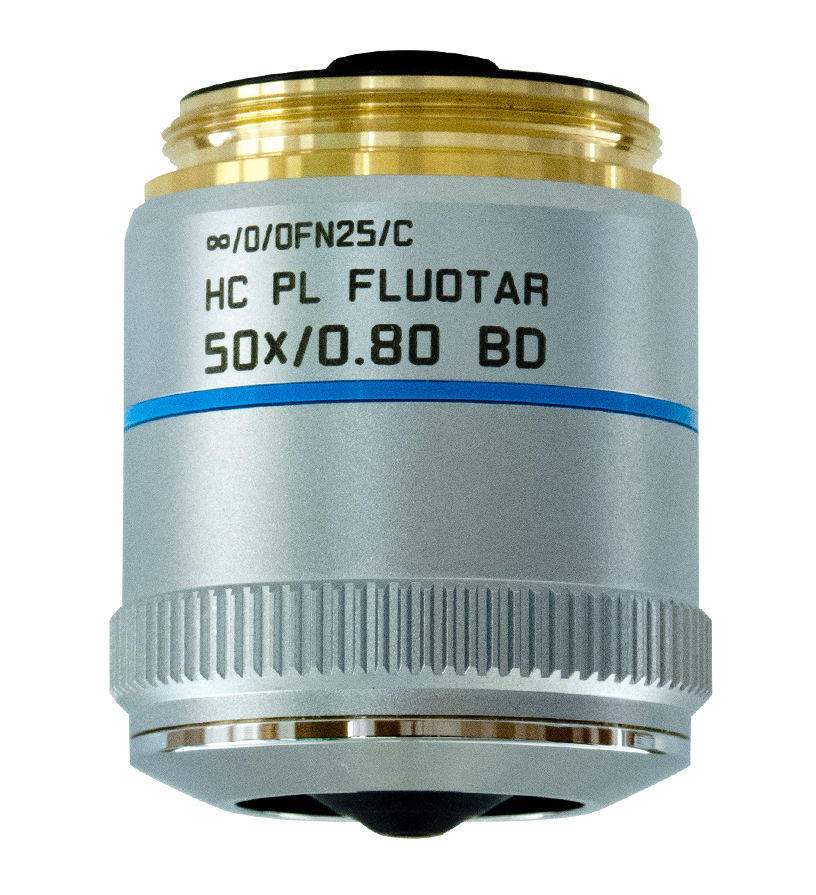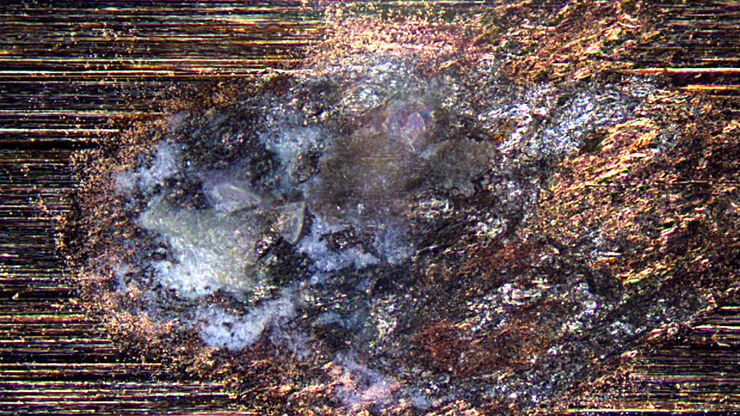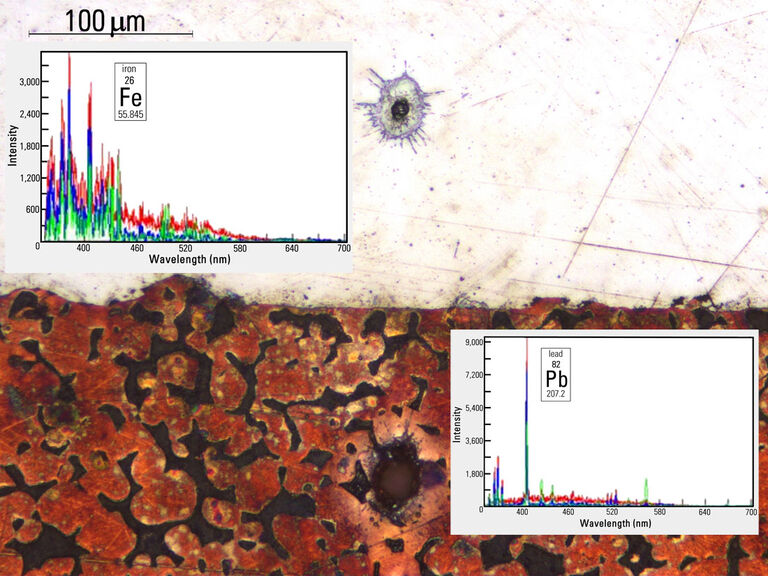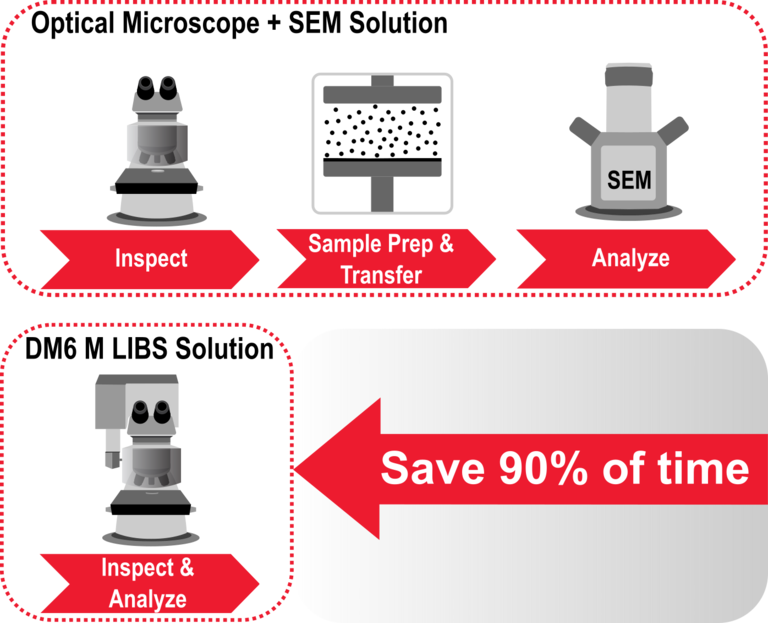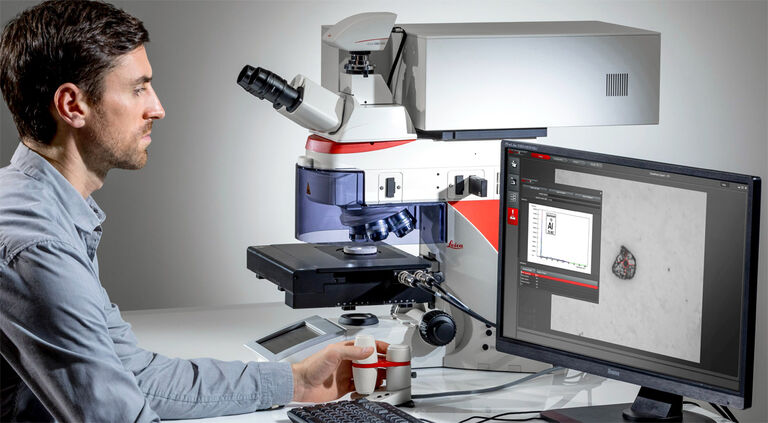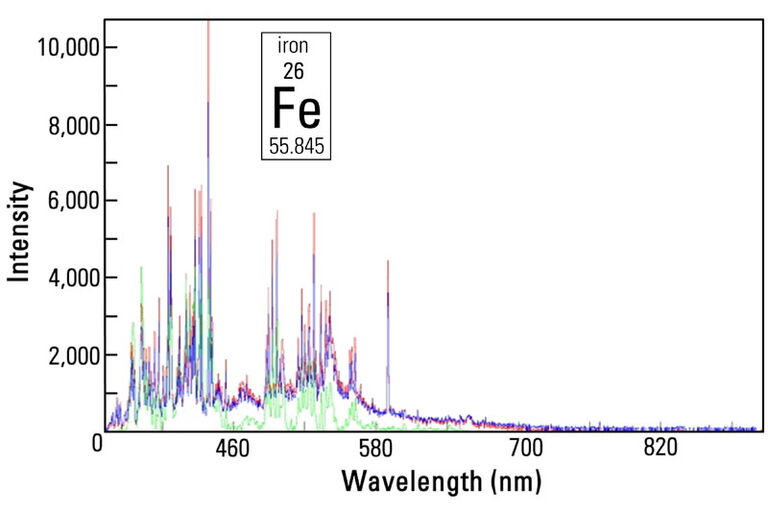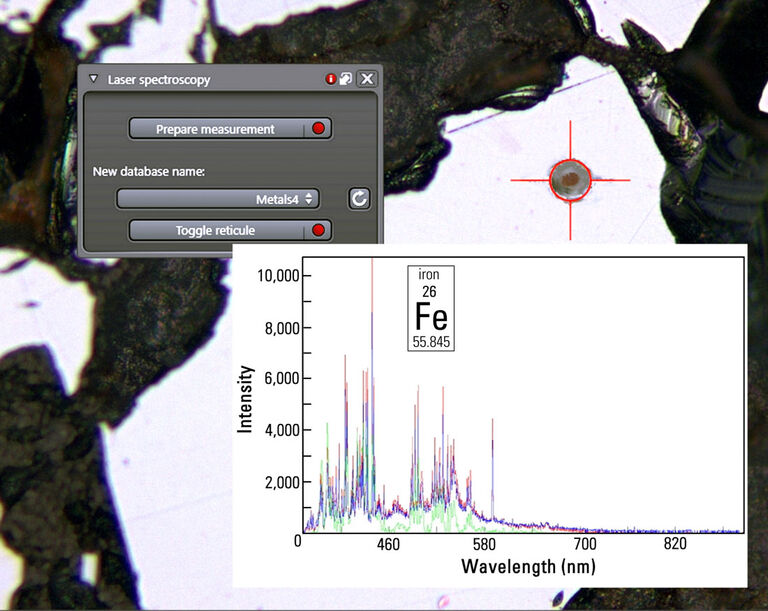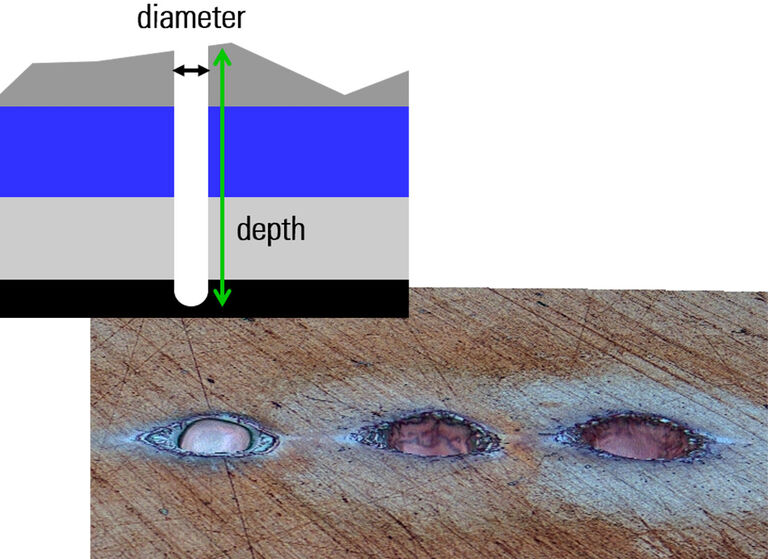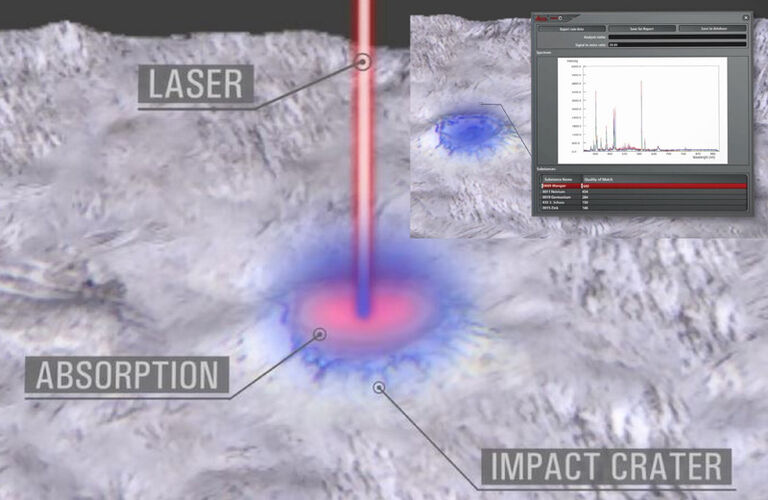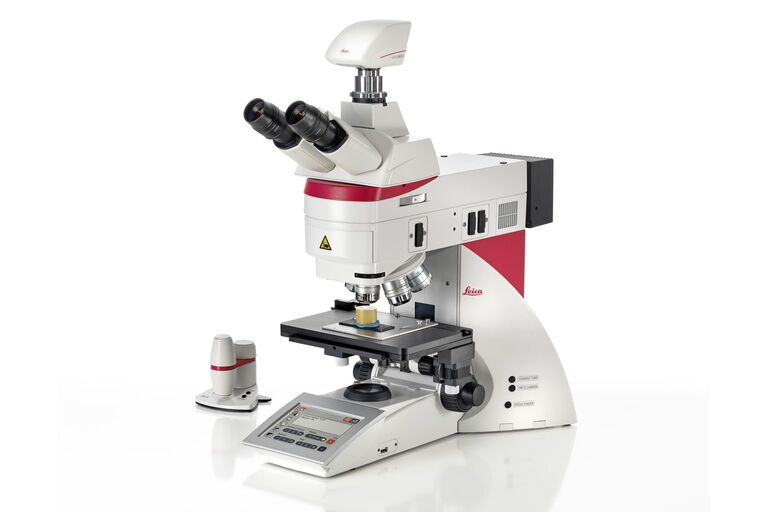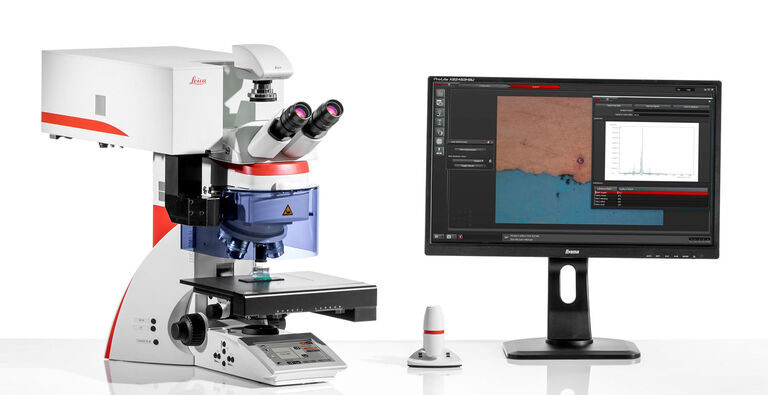DM6 M LIBS Material Analysis Microscope
A LIBS microscope combines visual and qualitative chemical inspection in a single work step allowing you to save 90% of your time to determine microstructure composition compared to inspection with conventional SEM/EDS. Integrated Laser Induced Breakdown Spectroscopy (LIBS) delivers the exact chemical fingerprint of the material’s structure that you see in the microscope image – within seconds.
Show popular configurations
Explore and buy pre-configured microscopy solutions in our online shop. Enjoy a seamless online shopping experience.
As an up-and-coming medium-sized company, we saw the need to expand our internal analysis methods. Our decision for the DM6 M LIBS material analysis solution was based on its versatility and ease of use. Our aim was to be able to carry out optical examinations, evaluation of surface topographies, and qualitative analyses with little effort. The instrument has now been in use for more than a year and we can say that our expectations were fully met. The investment has paid off due to the versatility and short analysis times. We are really very satisfied.
LIBS Microscope for Rapid, Precise Material Analysis
The integrated laser spectroscopy function of the DM6 M LIBS delivers the chemical composition of the microstructure that you see in the microscope image - within a second.
Identify the microstructure composition of interest, then trigger the LIBS analysis with a single click.
Your advantages
- Save 90% time for chemical analysis compared to typical methods involving electron microscopy* and
- Quick, confident decision making based on reliable information about the material, both visual and chemical.
*proof available upon request
Visual & chemical material inspection 2-in-1
- 2 systems in 1 for visual & chemical analysis
- 1 second to a chemical fingerprint
- 0 sample preparation
Done! Examine exactly what you see via the eyepieces or camera with a single click for fast and simple identification and interpretation. No additional expertise by the operator is required. Watch the video and learn how the DM6 M LIBS microscope solution delivers full results in only a few moments.
No SEM sample preparation required
Why does materials analysis with the DM6 M LIBS solution take 90% less time? Because it requires:
- no sample preparation nor transfer;
- no system adjustment; and
- no relocating the region of interest (ROI).
Reduce the workflow
Reduce the workflow to just one step and focus on results.
Refer to this application note for more info about composition analysis with the DM6 M LIBS.
Decide rapidly what to do
By combining tools to analyze the microstructure composition of the sample you have all the information within one second to make the right decisions.
The data obtained is sufficient in >90% of cases for users to make confident decisions rapidly concerning further actions to be taken (e.g., if more detailed analysis with SEM is needed to identify the source of contamination).*
*based on user feedback
Cleanliness Analysis of Components
The DM6 M LIBS 2-in-1 system combined with the Cleanliness Expert analysis software enables you to do visual and chemical inspection on filter samples with a single instrument and workflow.
This way, the source of contamination can be found more easily.
Make confident decisions
Obtaining data on both particle composition and structure quickly gives you the advantage of making confident decisions more rapidly during the analysis.
Evaluation of Microstructure Composition
The DM6 M LIBS 2-in-1 solution allows you to perform both structural and elemental/chemical analysis of material phases, e.g., minerals, alloys, ceramics, etc.
There is no need for sample preparation nor transfer between 2 or more devices. The entire analysis workflow occurs with a single instrument.
Minimizing labor intensive sample preparation
You can save time and money by minimizing labor intensive sample preparation and costly SEM/EDS analysis.
Depth Profile and Layer Analysis of Materials
The ablation principle of LIBS can be exploited for microdrilling into materials.
Applications of µ-drilling are such things as:
- Depth profiling
- Layer analysis
- Surface cleaning.
Depth profiling is useful to determine if a material’s composition may change with the depth into its bulk.
Layer analysis can be used to find the composition of each layer in a material. Examples of layered materials would be multi-coated or painted metals.
Use surface cleaning to remove oxides and contamination.
LIBS: Your Chemical Analysis Lab
The DM6 M LIBS solution exploits Laser Induced Breakdown Spectroscopy (LIBS) to make qualitative chemical analysis possible.
Trigger the analysis with a single click and a laser will strike the targeted spot on the sample. A plasma will be created and then break down. The resulting characteristic light spectrum shows the fingerprints of the elements present in the material.
The software will identify the microstructure composition by comparing the spectrum with a known data set for elements and compounds. The data set can be expanded with the results for specific materials obtained by the user.
DM6 M LIBS Solution: The Microscope’s Contribution
For a rapid materials analysis workflow with the 2-in-1 solution, the microscopy also plays an important role.
The DM6 M compound microscope offers
- Observation with a large objective magnification range from 1.25x to 100x;
- Easy visualization of a material’s fine structure in its true colors with multiple contrast techniques;
- Freedom to make the analysis whenever you want.

